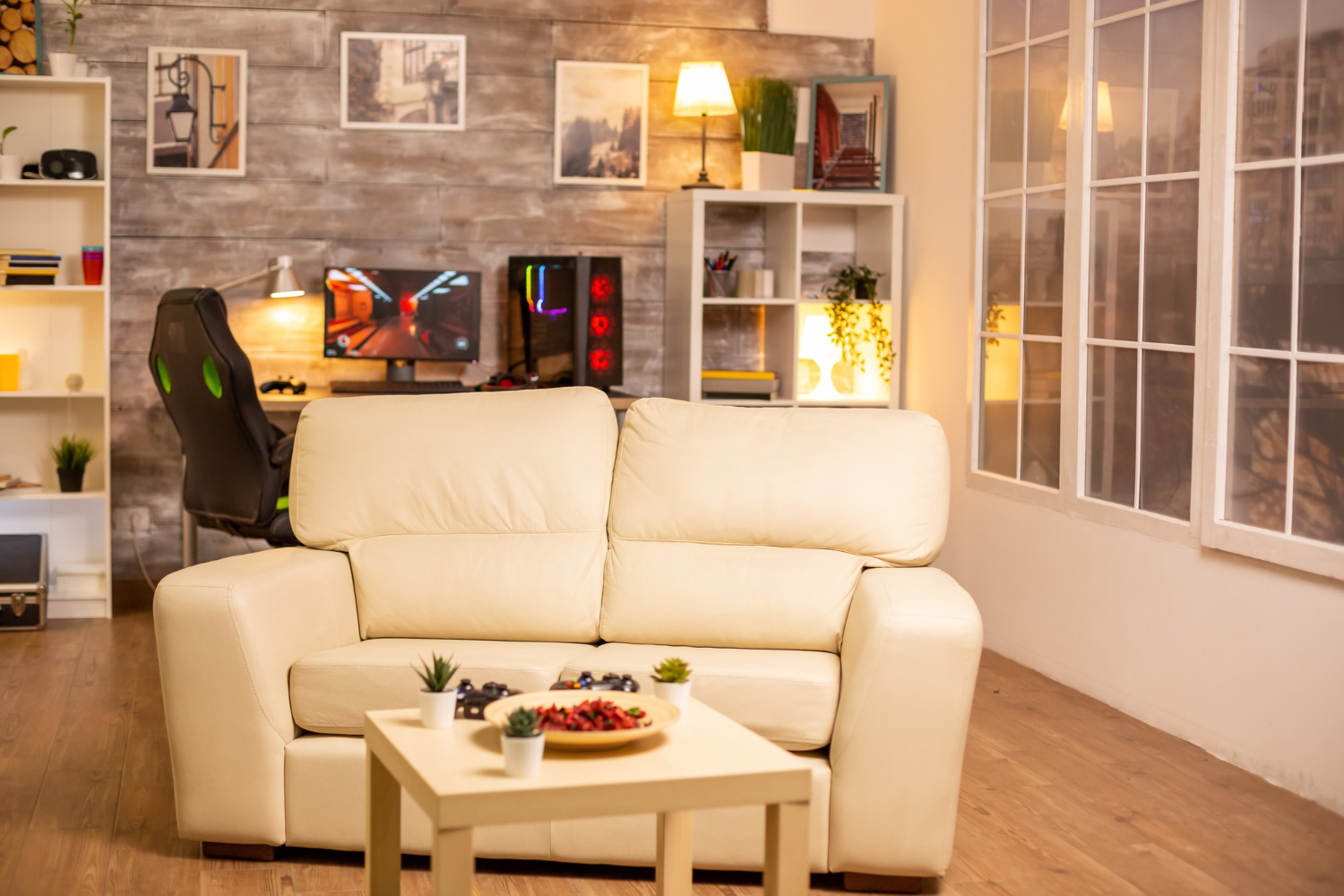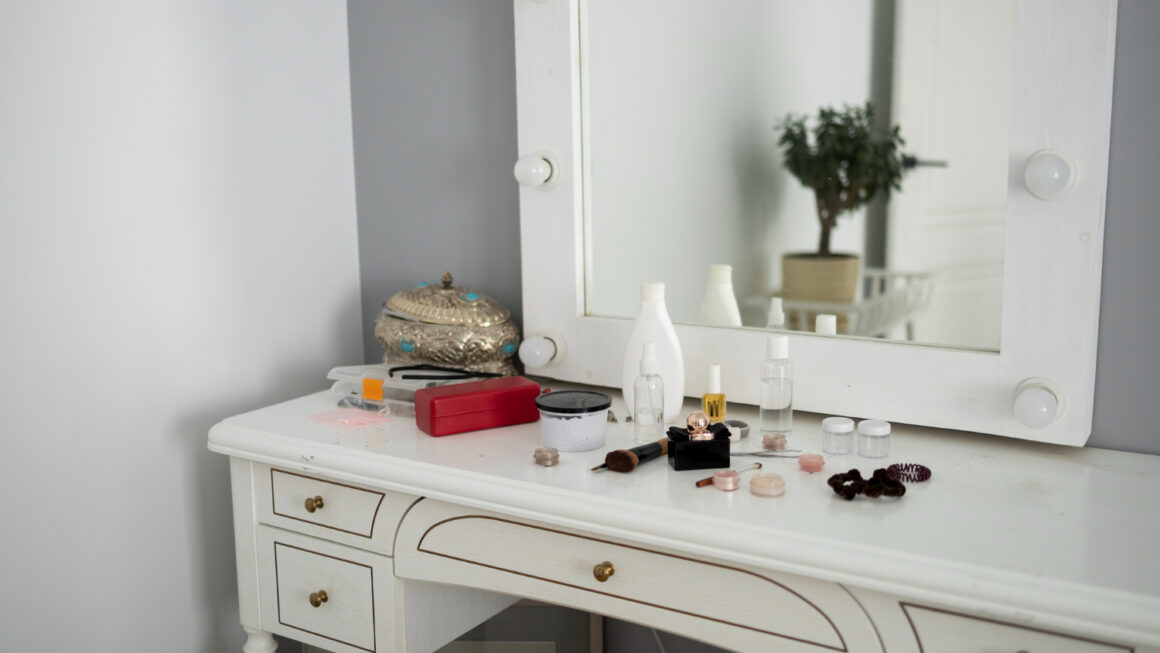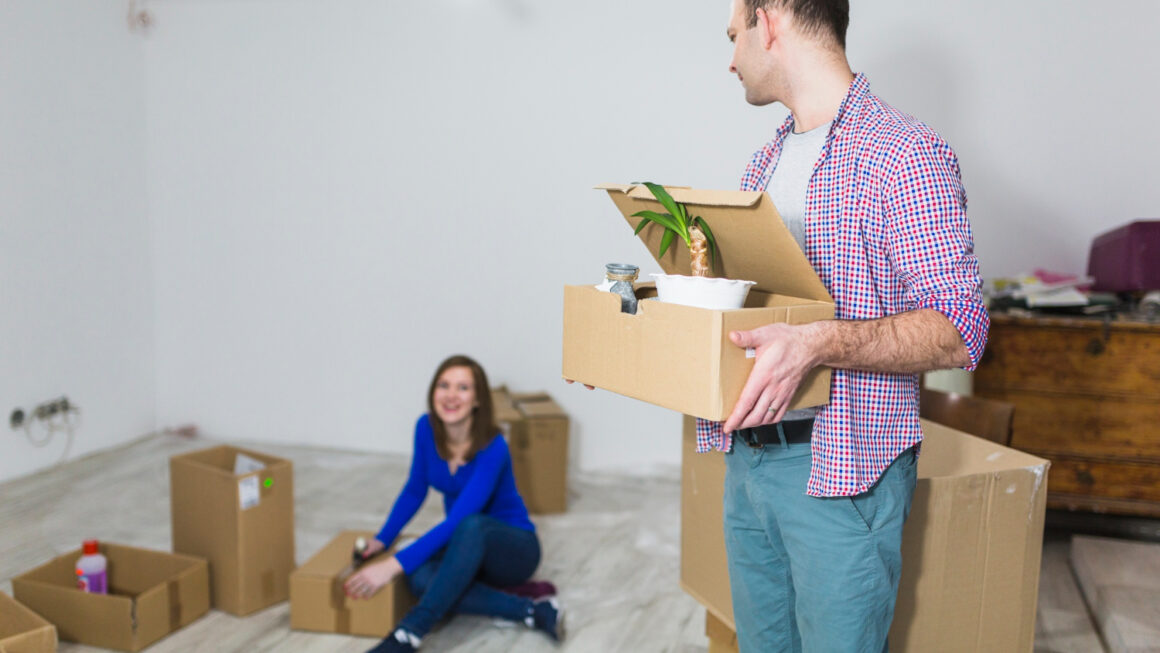Welcome to the ultimate guide on how to conquer that tricky, awkward living room layout! We’ve all been there – standing in the middle of a space that seems determined to stump us when it comes to furniture placement.
Whether you’re dealing with an odd-shaped room or struggling with limited square footage, these tips will help you make the most out of any challenging space.
Start Big
When it comes to arranging furniture in an awkward living room, starting big can make a huge difference. Instead of impulsively placing individual pieces, take a step back and envision the larger picture. Begin by identifying the focal point of your room – perhaps it’s a stunning fireplace or a breathtaking view through large windows.
Once you have determined the focal point, position your largest piece of furniture towards it. This could be a cozy sofa or even an entertainment center. By anchoring your layout with this prominent element, you create a sense of balance and purpose in the space.
Next, consider traffic flow. Arrange additional seating options around the main piece while ensuring that there’s enough room for people to move comfortably throughout the room without feeling cramped.
Don’t forget about functionality! If you’re working with limited square footage, multifunctional furniture is your best friend. Look for coffee tables with built-in storage or ottomans that double as extra seating when needed. Remember to leave some breathing space between various items to avoid overcrowding and maintain an open feel. Experiment with different angles and orientations until you find what works best for your specific layout.
Zone It Out
Creating distinct zones in an awkward living room can help maximize its functionality and organization. By strategically grouping furniture and decor, you can create designated areas for different activities or purposes.
One way to zone out your space is by arranging the seating area around a focal point, such as a fireplace or TV. This creates a cozy spot for relaxation and entertainment. Consider placing a comfortable sofa facing the focal point and adding additional seating like armchairs or ottomans nearby.
Another idea is to create a reading nook or workspace within the room. Place a small desk against a wall with shelving above it for books or supplies. Add a comfortable chair and task lighting to make it conducive for working or reading. If you have an open-concept layout, use furniture placement to define separate areas within the larger space. Arrange sofas, rugs, or even bookshelves to visually divide the room into different zones – like dining area, conversation corner, etc.
Consider utilizing unused corners of the room by adding floating shelves or installing built-in storage units that blend seamlessly with your existing decor. These spaces can be perfect spots for displaying decorative items while also providing practical storage solutions.
Float the Furniture:
When it comes to arranging furniture in an awkward living room, one strategy that can work wonders is floating the furniture. What exactly does this mean? Well, instead of pushing all your pieces up against the walls, try pulling them away and creating a more open and inviting space.
Keep Reading: https://goodbusinesstime.com/home-improvement/how-to-chalk-paint-furniture/
By floating your furniture, you can create a sense of flow in the room. Start by placing your largest piece, such as a sofa or sectional, in the center of the room facing towards a focal point like a fireplace or TV. This will anchor the space and provide a natural gathering area for friends and family.
Next, arrange additional seating options around this central piece. Consider adding chairs or ottomans that can be easily moved around to accommodate different activities or conversations. Don’t be afraid to mix and match styles and sizes for added visual interest. To maintain balance in the room, make sure there is enough space between each piece of furniture. This will prevent overcrowding and allow for easy movement throughout the space.
Define Space With Area Rugs
Area rugs can be a game-changer when it comes to arranging furniture in an awkward living room. Not only do they add warmth and texture to the space, but they also help define different areas within the room.
One way to use area rugs is by placing them under specific furniture groupings. For example, if you have a seating arrangement with a sofa and two chairs, place an area rug underneath this grouping to visually separate it from the rest of the room. This creates a cozy and intimate conversation area.
Another option is to use multiple smaller rugs instead of one large one. This allows you to create distinct zones within the room for different purposes, such as a reading nook or a workspace. By using rugs of different sizes and shapes, you can add visual interest while also defining each space.
Additionally, consider using contrasting colors or patterns for your area rugs. This not only adds personality but also helps delineate between different areas in your living room. A bold patterned rug can become the focal point of the space while tying together various pieces of furniture.
Don’t be afraid to experiment with placement! You can try angling your rug diagonally for added visual interest or layering smaller rugs on top of larger ones for extra texture. The key is finding what works best for your unique living room layout.
Play Around With Shapes
When it comes to arranging furniture in an awkward living room, playing around with shapes can be a game-changer. Don’t limit yourself to traditional square or rectangular pieces – think outside the box! Mixing different shapes and sizes of furniture can add visual interest and create a dynamic layout.
One idea is to incorporate curved pieces into your arrangement. A round coffee table or an armchair with rounded edges can soften the angles of the room and make it feel more inviting. This also helps to break up any monotony caused by straight lines.
Another option is to experiment with unconventional shapes. Consider incorporating triangular end tables or hexagonal ottomans for added flair. These unique pieces can serve as focal points and conversation starters while optimizing space in an uneven room. If you have limited floor space, consider using modular furniture that allows you to rearrange and adapt according to your needs. Sectional sofas, for example, come in various configurations that can fit even the most challenging layouts.
Remember that mixing shapes doesn’t mean sacrificing functionality. Be mindful of traffic flow and ensure there’s enough clearance between furniture pieces for easy movement throughout the room. By embracing different shapes when arranging your furniture, you’ll not only make your awkward living room look more visually appealing but also maximize its potential for comfort and functionality.
Utilize Vertical Space
When it comes to arranging furniture in an awkward living room, one of the best tricks in the book is to utilize vertical space. By taking advantage of your walls and ceilings, you can create a sense of openness and maximize the available floor area.
One way to make use of vertical space is by installing floating shelves or wall-mounted cabinets. These not only provide extra storage but also draw the eye upward, making the room feel taller and more spacious.
Another option is to hang artwork or mirrors on your walls. This not only adds visual interest but also helps reflect light around the room, creating a brighter and airier atmosphere. Don’t forget about using tall furniture pieces such as bookcases or armoires. These can serve dual purposes – storing items while also acting as decorative focal points that draw attention away from any awkward architectural features.
To further optimize vertical space, consider hanging curtains or drapes from ceiling height rather than just above windows. This creates an illusion of taller windows and higher ceilings.
Use Clever Lighting
Lighting plays a crucial role in any room, but it becomes even more important when dealing with an awkward living room layout. Clever lighting solutions can help create a sense of balance and enhance the overall ambiance of the space.
Here are some ideas to consider:
1. Layered Lighting: Instead of relying solely on overhead lights, incorporate multiple light sources at different levels. This could include floor lamps, table lamps, wall sconces, and even string lights. By layering your lighting options, you can create depth and visual interest.
2. Task Lighting: If certain areas of your living room serve specific purposes like reading or working, add task lightings such as adjustable desk lamps or swing-arm wall sconces to provide focused illumination where needed.
3. Accent Lighting: Highlight architectural features or artwork by using accent lighting techniques such as track lights or picture lights. These can draw attention to particular elements in the room and make them stand out.
4. Natural Light: Don’t underestimate the power of natural light. Maximize it by keeping window treatments minimal or sheer if privacy allows for it.
5. Mirrors: Strategically placing mirrors opposite windows can reflect natural light throughout the space and give an illusion of larger dimensions.
Exploit Every Nook and Cranny
When it comes to arranging furniture in an awkward living room, every nook and cranny can be your secret weapon. Don’t let any space go unused! Get creative and think outside the box.
Consider adding shelves or hanging wall units in those small, unused corners. This will not only provide additional storage but also create visual interest. Use these spaces to display books, plants, or decorative items that add personality to your living room.
You can also incorporate multifunctional furniture pieces into tight spots. Look for ottomans with hidden storage compartments or side tables with built-in shelving. These clever solutions will help you make the most of limited space while keeping things organized.
Don’t forget about vertical space either. Install floating shelves or bookcases on empty walls to maximize storage potential without taking up valuable floor space. Utilize hooks or pegboards to hang coats, hats, keys, or even artwork.




